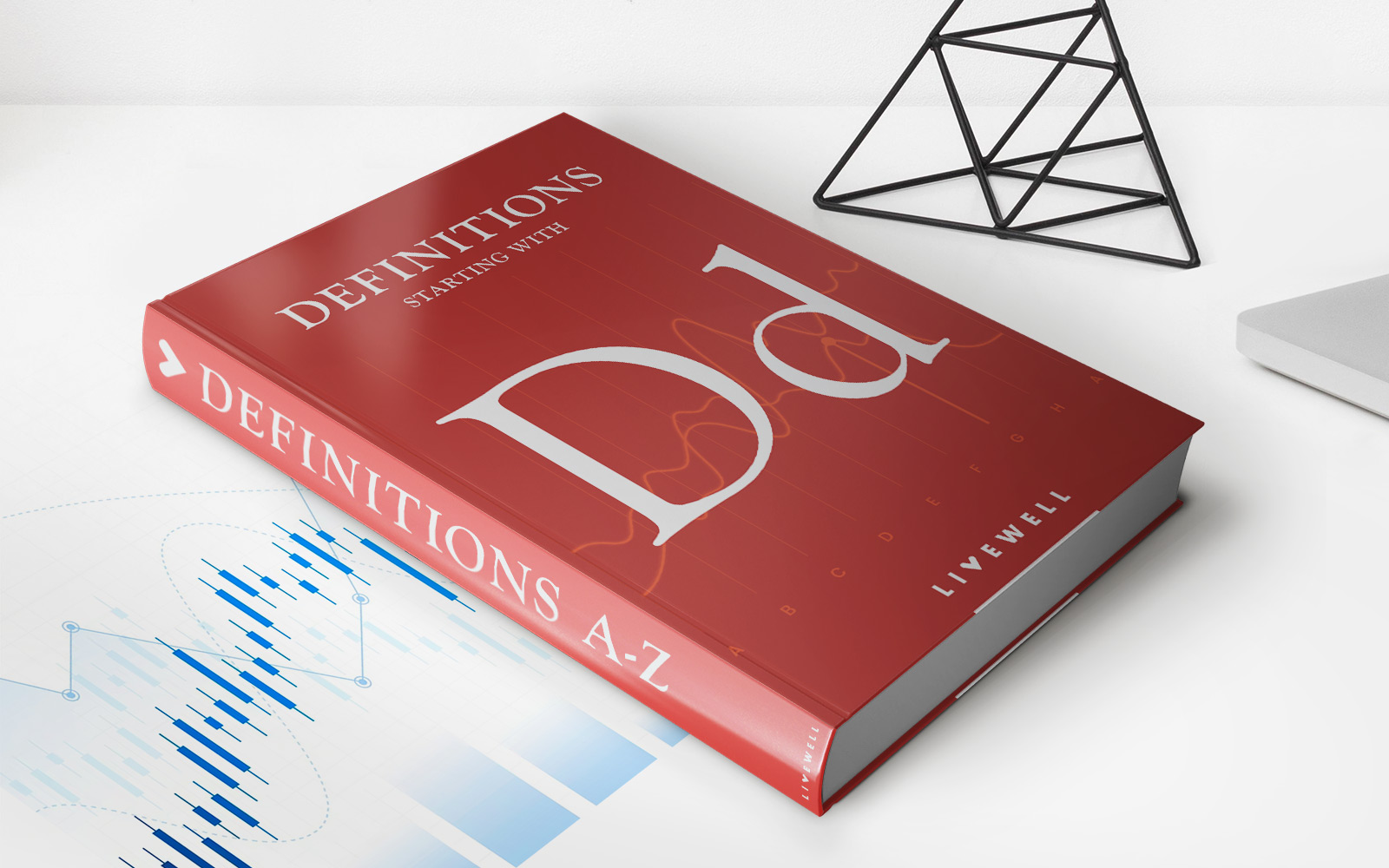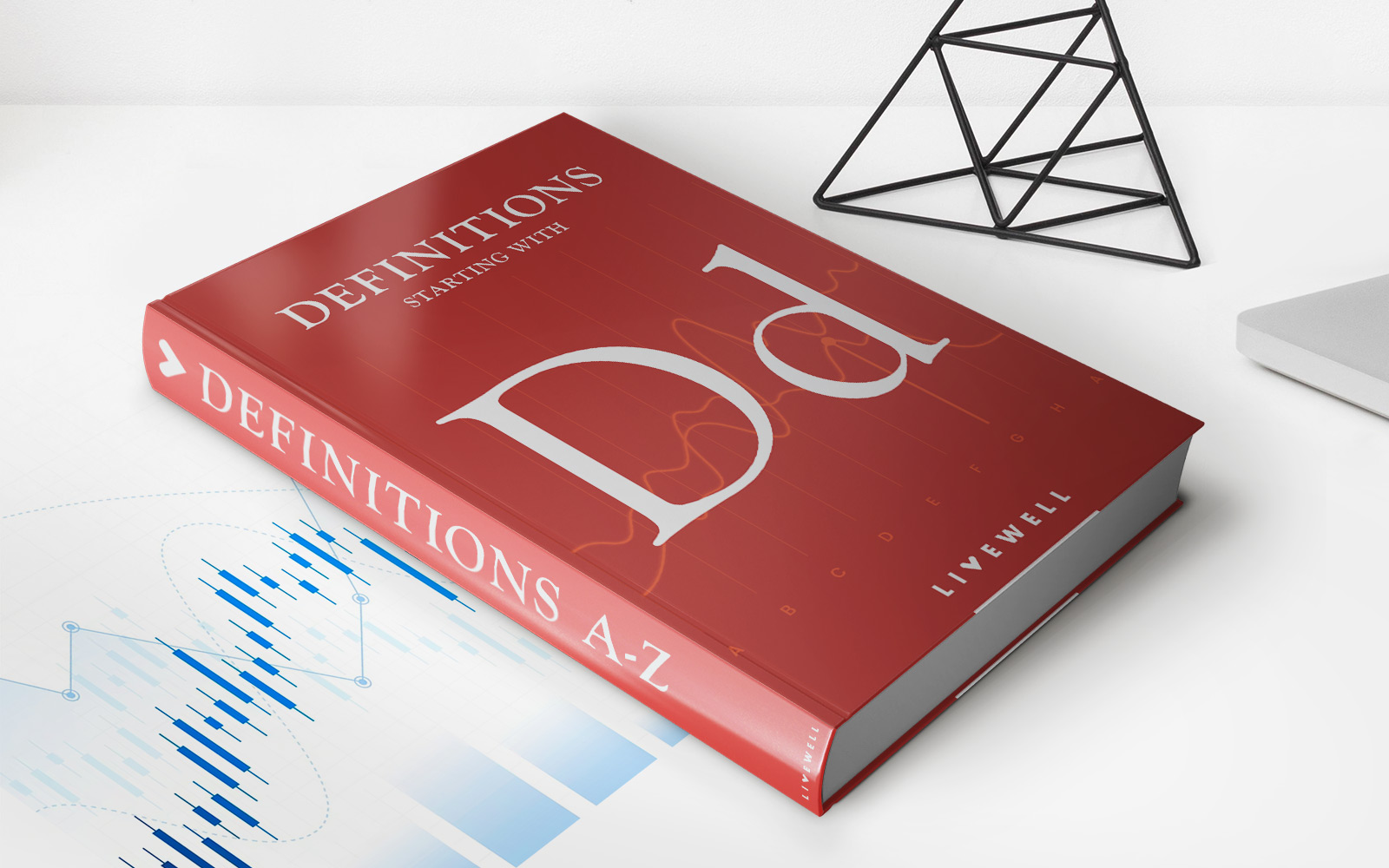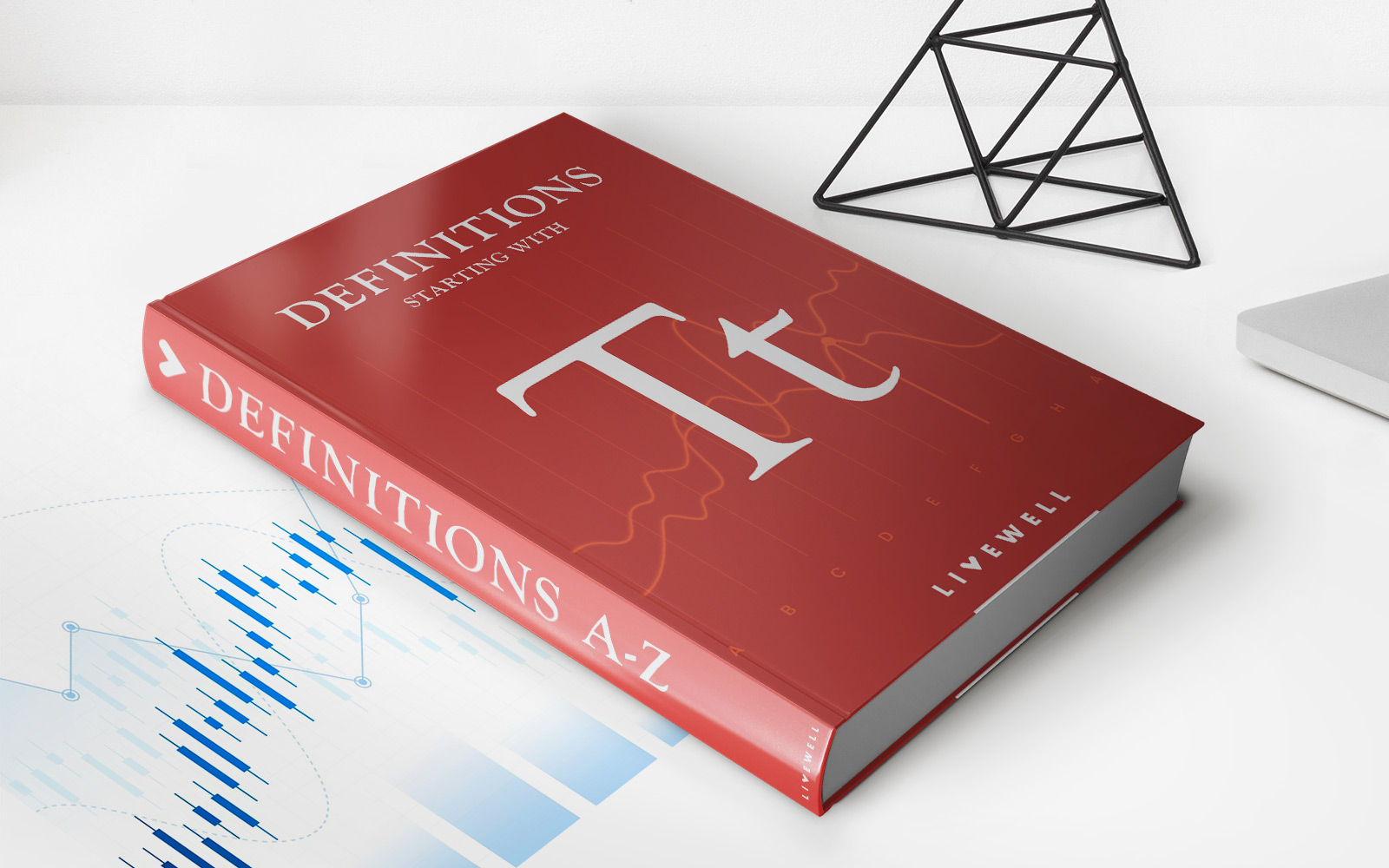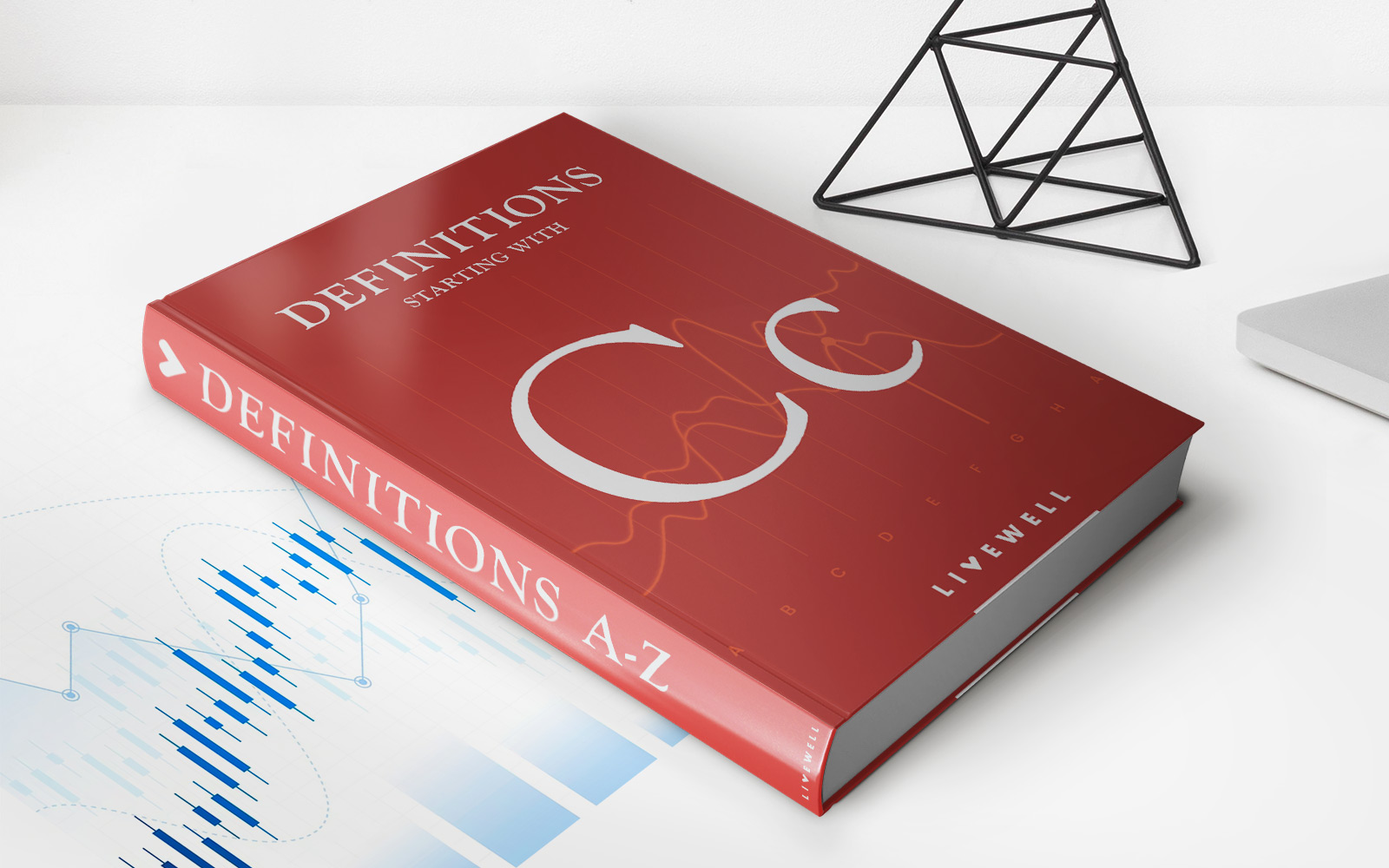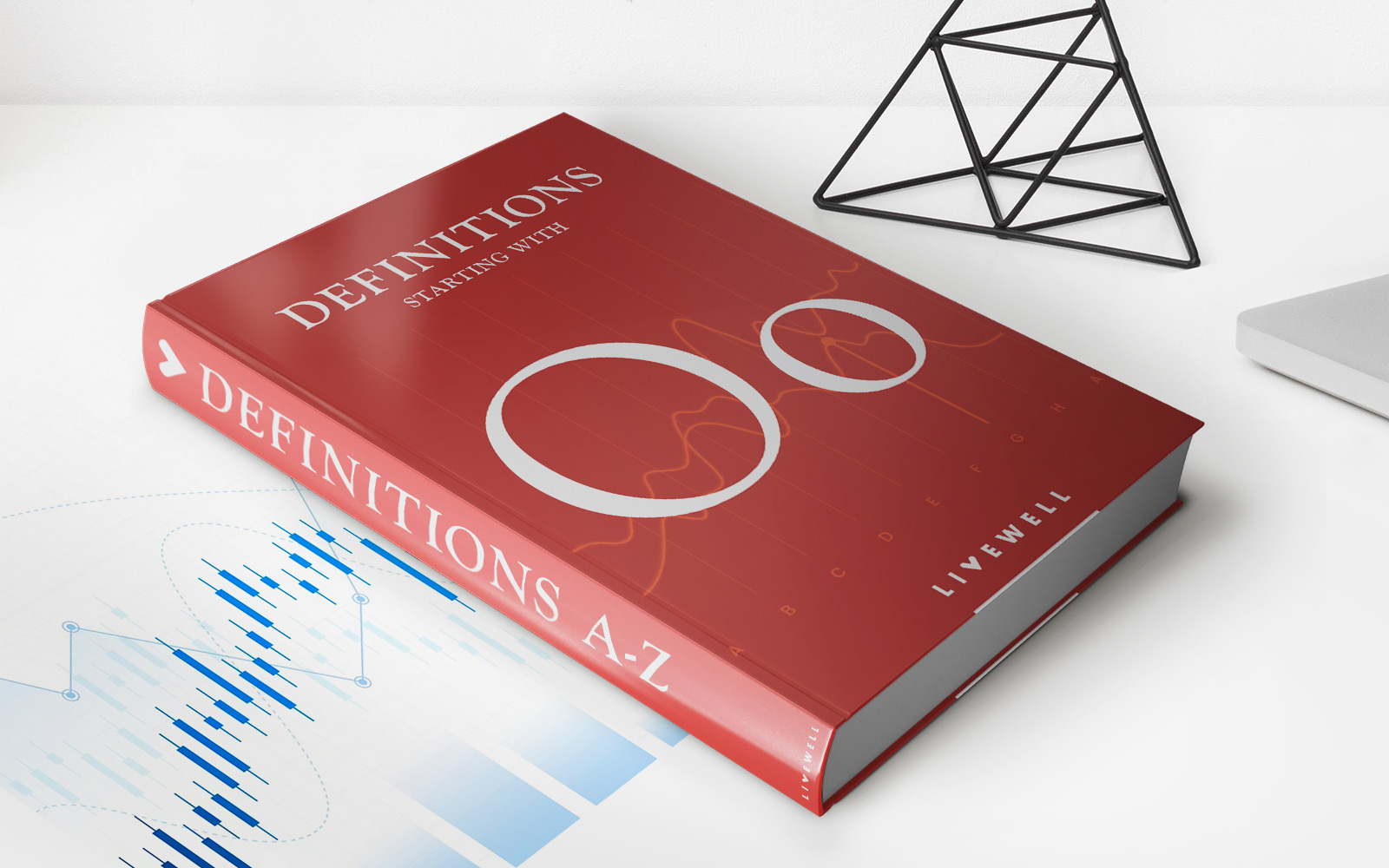Home>Finance>Carbon Trade: Definition, Purpose, And How Carbon Trading Works
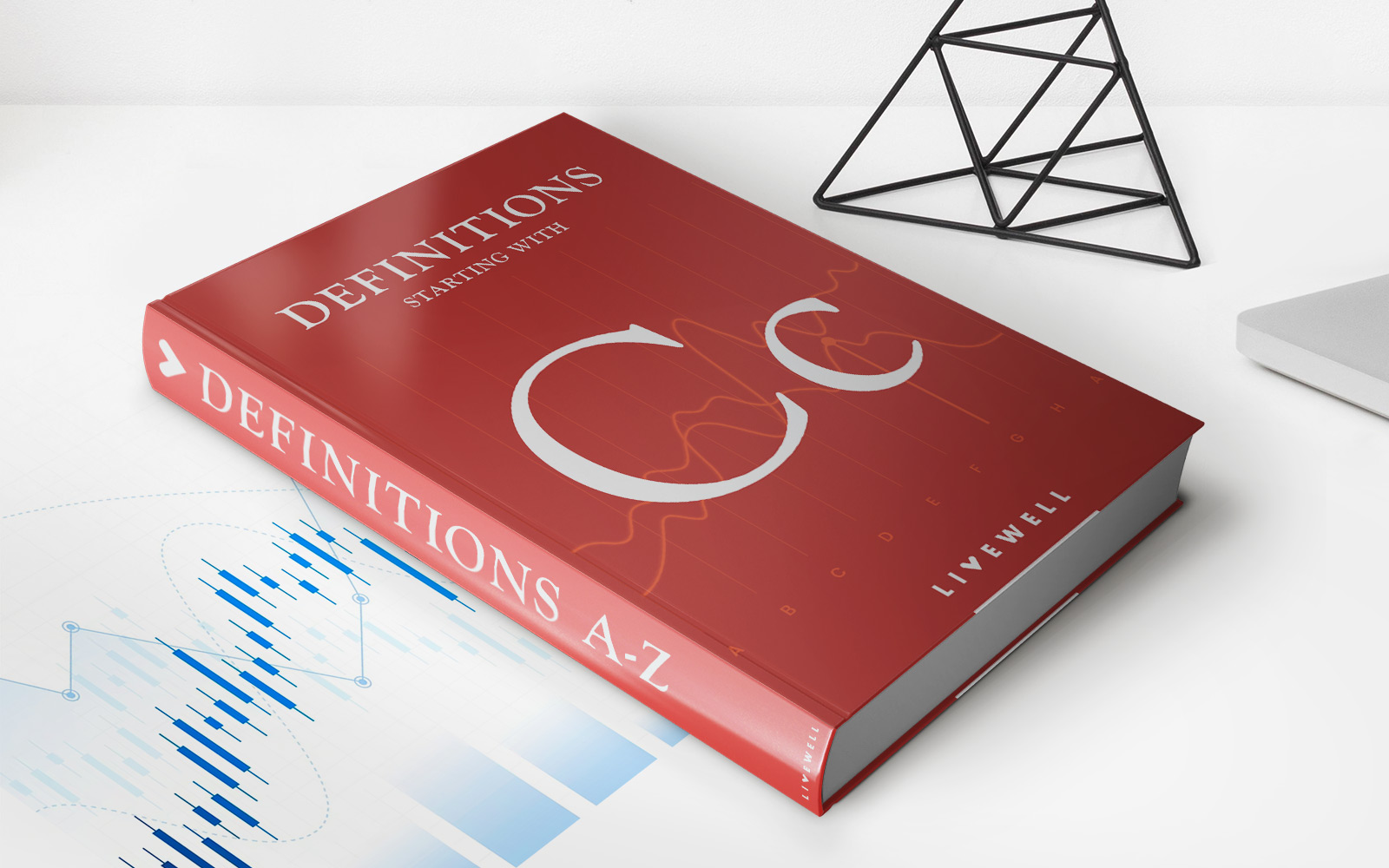

Finance
Carbon Trade: Definition, Purpose, And How Carbon Trading Works
Published: October 23, 2023
Discover the definition, purpose, and workings of carbon trading in the finance industry. Stay informed and learn how this innovative practice promotes sustainability.
(Many of the links in this article redirect to a specific reviewed product. Your purchase of these products through affiliate links helps to generate commission for LiveWell, at no extra cost. Learn more)
Welcome to the World of Carbon Trading!
Have you ever wondered about the impact of carbon emissions on our planet? Or perhaps you’ve heard of carbon trading but aren’t quite sure what it entails? Well, you’ve come to the right place! In this blog post, we’ll dive into the fascinating world of carbon trade, exploring its definition, purpose, and how it works.
Key Takeaways:
- Carbon trading allows individuals and organizations to buy and sell carbon credits to offset their carbon emissions.
- By participating in carbon trading, businesses can strive for carbon neutrality while contributing to environmental sustainability.
The Definition of Carbon Trading:
Carbon trading, also known as emissions trading, is a market-based approach to reduce greenhouse gas emissions. Under this system, countries, organizations, and individuals are assigned a certain amount of carbon credits, representing their allowed level of carbon emissions. These carbon credits can then be bought, sold, or traded in a designated marketplace.
The Purpose of Carbon Trading:
The primary purpose of carbon trading is to provide economic incentives for entities to reduce their carbon emissions. By putting a price on carbon, this system encourages businesses to invest in clean technologies and processes, ultimately leading to a reduction in greenhouse gas emissions.
How Carbon Trading Works:
The process of carbon trading can be summarized into a few key steps:
- Emission Cap Setting: Initially, an emissions cap is established by governing bodies, which defines the maximum amount of greenhouse gas emissions allowed within a specific time period.
- Allocation of Carbon Credits: Participants in the carbon trading system are allocated a certain number of carbon credits, reflecting their emission allowances.
- The Trading Process: Participants can buy or sell carbon credits in the designated marketplace. Those who have succeeded in reducing their emissions below their allocated quota can sell their surplus credits, while those who exceed their emissions cap can purchase additional credits to offset their excess emissions.
- Monitoring and Compliance: Strict monitoring and reporting mechanisms are in place to ensure participants accurately measure and report their emissions. These measurements help enforce compliance with the established emission caps.
- Positive Environmental Impact: By incentivizing emission reductions, carbon trading contributes to the overall goal of mitigating climate change and achieving sustainable development.
Carbon trading has gained significant attention as an effective tool to combat climate change. While there are ongoing discussions and debates about its implementation and effectiveness, it remains a critical part of international efforts to reduce greenhouse gas emissions.
So, the next time you hear about carbon trading, you’ll have a better understanding of what it means and how it works. By embracing this market-based approach, we can strive towards a greener, more sustainable future.
